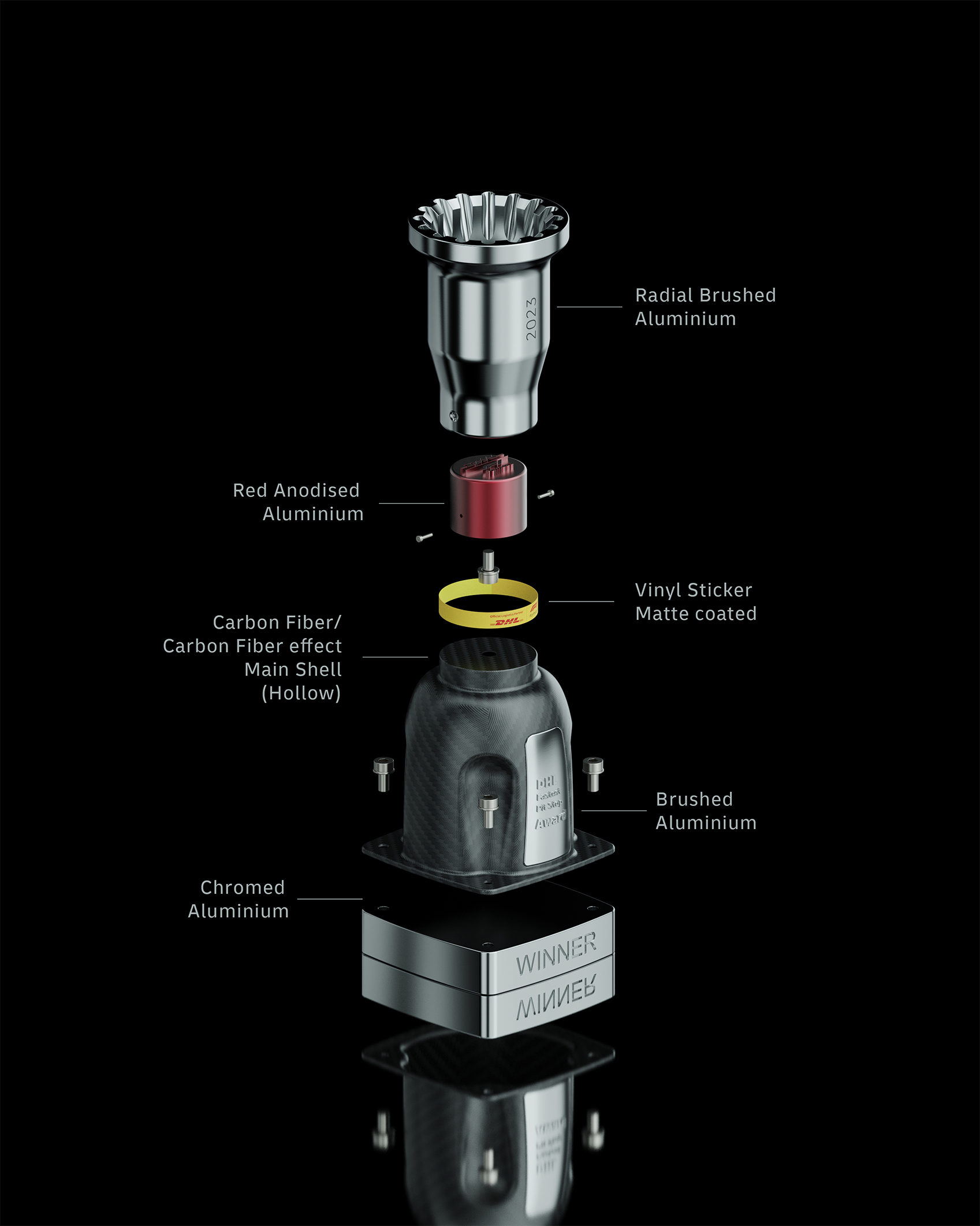My Design Process (and Why It's Never Linear)
If you imagine my design process as a perfectly straight line from problem to solution, I have bad news: it's more like a spiral caught in a wind tunnel. My work as an industrial designer rarely follows a predictable formula. Instead, it dances between empathy, iteration, and the occasional late-night epiphany.
Everything begins with people. I spend time understanding real users in real contexts. What do they struggle with? What brings them joy? I dig deep into research, not just for insights, but for the unexpected. I believe every successful product starts with observation—not assumptions. Often, the best insights emerge from the quiet, in-between moments: watching how someone uses a workaround to solve a minor frustration, or how they interact with a product in an unintended way. These details are gold.
Then comes sketching. I sketch fast and often. The goal isn't to impress but to provoke — questions, ideas, conversation. Early sketches are intentionally rough. They invite feedback, challenge, and reinterpretation. From there, I move to digital models and tangible prototypes. I believe in building to think. There's a difference between imagining a product and holding a rough version of it in your hands.
Prototyping early allows me to fail early — and that's not just okay, it's essential. I use everything from foam and cardboard to SLA 3D prints. I test functionality, ergonomics, emotional impact. Sometimes, I learn that a beloved concept simply doesn't work in the real world. Those moments can sting, but they always lead to better results.
The iterative loop is the core of my process: research, ideate, prototype, test, refine. But this loop isn't always sequential. Sometimes, testing leads back to ideation. Sometimes, a prototype triggers a new research question. The process bends and folds back on itself until it sharpens.
Eventually, a product takes shape — not just in form, but in purpose. It becomes something meaningful, not just beautiful. Something that feels inevitable, even though it emerged from chaos. That's the magic of design.
And while I can diagram my process for a slide deck or workshop, the truth is: creativity isn't linear. And that's what makes it work.
